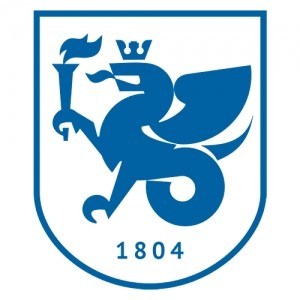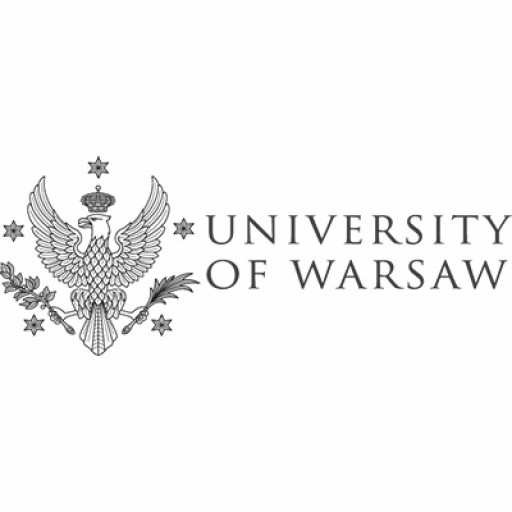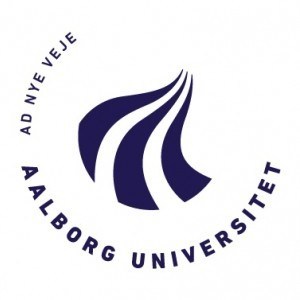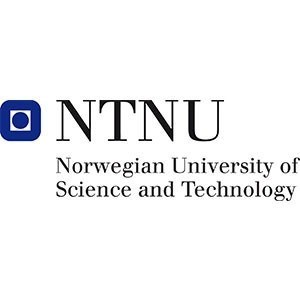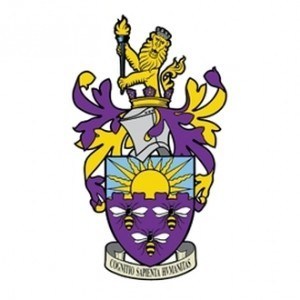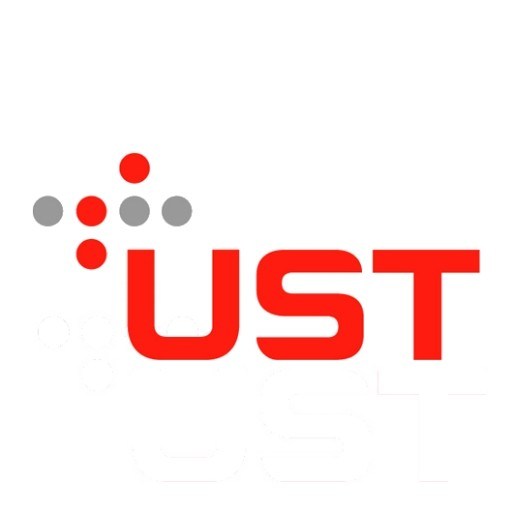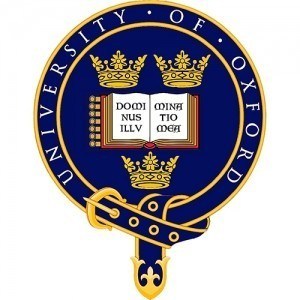Photos of university / #kazanfederaluniversity
The "Stratigraphy of Oil and Gas Basins" program at Kazan Federal University offers a comprehensive education in the geological processes and stratigraphic frameworks that underpin hydrocarbon exploration and production. This program is designed for students who aspire to become experts in petroleum geology, sedimentology, and basin analysis, providing a deep understanding of the stratigraphic principles that guide the identification and evaluation of oil and gas reservoirs. Throughout the course, students will study the formation and evolution of sedimentary basins, the methods of stratigraphic correlation, and the techniques for interpreting geological data from various sources, including core samples, seismic surveys, and well logs. The curriculum emphasizes the practical application of stratigraphic methods in real-world exploration projects, preparing graduates for careers in the oil and gas industry, geological consulting, and research institutions. Students will also gain proficiency in the use of modern technology and software tools used for stratigraphic analysis and basin modeling. The program combines theoretical knowledge with practical skills through field trips, laboratory work, and internships with leading industry companies. Graduates of this program will be equipped to assess the hydrocarbon potential of sedimentary basins, interpret complex stratigraphic data, and contribute to sustainable resource management. The faculty, composed of experienced geologists and researchers specializing in sedimentology, basin analysis, and stratigraphy, ensures that students receive high-quality education grounded in current scientific advances. Upon completing this program, graduates will be prepared for diverse professional opportunities within the oil and gas sector, environmental monitoring, and academic research, contributing to the development of sustainable and responsible energy resources.
|
Course names |
Total workload |
1 term |
|
|
Philosophy of natural science |
3 |
|
Modern problems of economics, organization and management in the prospecting surveys and subsurface use |
4 |
|
History and Methodology of Geological Sciences |
2 |
|
Academic writing |
2 |
|
Modern Stratigraphic Methods |
2 |
|
Sedimentology and Lithostratigraphy |
3 |
|
Skeletal Biomineralization: Patterns, Processes, and Evolution |
2 |
2 term |
|
|
Sequence Stratigraphy |
2 |
|
Applied Chemostratigraphy |
2 |
|
Applied Micropalaeontology |
2 |
|
Chronostatigraphic Division of the Phanerozoic |
3 |
|
Numerical Paleontology and Stratigraphy |
2 |
|
Applied Geophysical Methods |
2 |
|
Skeletal Biomineralization: Patterns, Processes, and Evolution |
2 |
|
Internship |
15 |
3 term |
|
|
Basin Analysis |
2 |
|
Chronostatigraphic Division of the Precambrian |
2 |
|
Biochronology |
3 |
|
Chronostratigraphy and International Stratigraphic Chart |
3 |
|
Silisiclastic Sequence Stratigraphy |
2 |
|
Applied Geomagnetic Methods |
2 |
|
Radiogenic Isotope Geochronology |
2 |
|
Research work |
10 |
4 term |
|
|
Research work |
12 |
|
Undergraduate practice |
12 |
|
State final examination |
6 |
The program duration period will be 2 academic years. The curriculum for the students will include:
- the first fall semester at Kazan Federal University, Russia (September – December, 20NN);
- spring and summer semesters at Kazan Federal University, Russia (January – July, 20NN+1) including internship;
- recess in August, 20NN+1;
- the second fall semester at Kazan Federal University, Russia (September – December, 20NN),
- the second spring semester (January – April, 20NN+2) at Kazan Federal University, devoted to writing and defense of graduate qualifying thesis.
The educational process schedule:
1st year:
- 1 semester –from September 1 to January 4, 2017, test examinations from January 5 to January 25, 2016, vacation from January 26 to February 8, 2018;
- 2 semester - from February 9 to May 17, 2018, test examinations from May 18 to May 31, 2018, from June 1 to August 9 is an internship, vacation from August 10 to August 30, 2018.
2nd year:
- 1 semester –from September 1 to December 28, 2018, test examinations from December 29, 2018 to January 4, 2019, vacation from January 5 to January 18, 2019.
- 2 semester - research work from January 19 to May 24, 2019, Final Qualification Work from May 25 to June 21, 2016.
1 test unit = 36 hours
- Applicants must have a qualification/degree corresponding to a 4-year educational program of higher education.
- If English is not the student's native language, then his/her TOEFL examination results (or equivalent) will be no less than 80 for an on-line test, or no less than 5,5 for IELTS. Training within the Program will be given in English.
- Interview
- Entrance exams
Entrance tests are designed to determine the practical and theoretical training of bachelors and specialists, and are carried out to determine whether the knowledge and skills of students in graduate education requirements toward 05.04.01 - Geology, educational program "Stratigraphy of Oil and Gas Basins".
Entrance exams structure
The first part of entrance exams includes the writing test on stratigraphy
The second part includes subject oriented interview in English. For interview it is necessary to prepare essay about yourself including following information:
- education level;
- previous study graduate qualification works;
- subject oriented work experience (company, position, period of work, professional activities);
- explain what was the reason to choice of the educational program.
The maximum score on the entrance examination is 100 points.
Funding for the "Stratigraphy of Oil and Gas Basins" programme at Kazan Federal University is primarily provided through a combination of federal and regional government grants, as well as university-specific budget allocations aimed at supporting scientific research and advanced geological studies. Students enrolled in the programme may have access to various scholarship opportunities, including government scholarships for talented students and research grants awarded to promising candidates involved in ongoing projects related to oil and gas exploration and stratigraphic studies. Additionally, the university collaborates with industrial enterprises in the oil and gas sector, which sometimes offer financial support or internships that include stipends, thereby facilitating practical training while also contributing to students' financial stability. There are also possibilities for students to participate in funded research projects, which can offer additional financial compensation. The programme emphasizes the importance of attracting qualified specialists to the oil and gas exploration industry, and as such, the university allocates resources to ensure that students receive comprehensive training and experiential learning opportunities without financial hardship. External funding sources, including grants from environmental and geological research foundations, occasionally support research activities, conferences, and field trips related to the stratigraphy of oil and gas basins. Overall, the financial support system aims to enable talented students to focus on their educational and research pursuits, ensuring the development of highly skilled specialists ready to contribute to the oil and gas industry, and fostering innovation in geological sciences.
The "Stratigraphy of Oil and Gas Basins" program at Kazan Federal University offers students an in-depth understanding of the geological layers that serve as the foundation for hydrocarbon exploration and extraction. This program is designed to equip students with the knowledge of stratigraphic principles, sedimentology, paleoenvironmental reconstruction, and basin analysis, all of which are essential for the successful exploration of oil and gas resources. Students will study various stratigraphic methods, including subsurface and surface techniques, seismic interpretation, and dating methods, to analyze the formation and evolution of sedimentary basins. The curriculum emphasizes practical skills, with opportunities for fieldwork, laboratory analysis, and computational modeling to interpret stratigraphic data effectively. Graduates of this program will be prepared to work in geoscience companies, oil and gas exploration firms, geological survey agencies, and research institutions. The program also covers the regional geology of Russia and the wider Eurasian continent, providing insights into the complex stratigraphic history of significant oil and gas provinces. Through coursework, research projects, and internships, students learn to evaluate hydrocarbon potential, assess geological risks, and contribute to sustainable resource management. The faculty comprises experienced geologists, stratigraphers, and geophysicists dedicated to advancing students' understanding of Earth's stratigraphy and its applications in energy resource development. The program aims to develop skilled specialists capable of addressing the challenges of modern exploration and extraction, including environmental considerations and technological advancements. Additionally, interdisciplinary collaboration with related fields such as geophysics, petrophysics, and geochemistry enhances the comprehensiveness of the training. Overall, the "Stratigraphy of Oil and Gas Basins" program prepares students for a successful career in the dynamic field of hydrocarbon geology, combining theoretical knowledge with practical expertise to meet industry needs.
